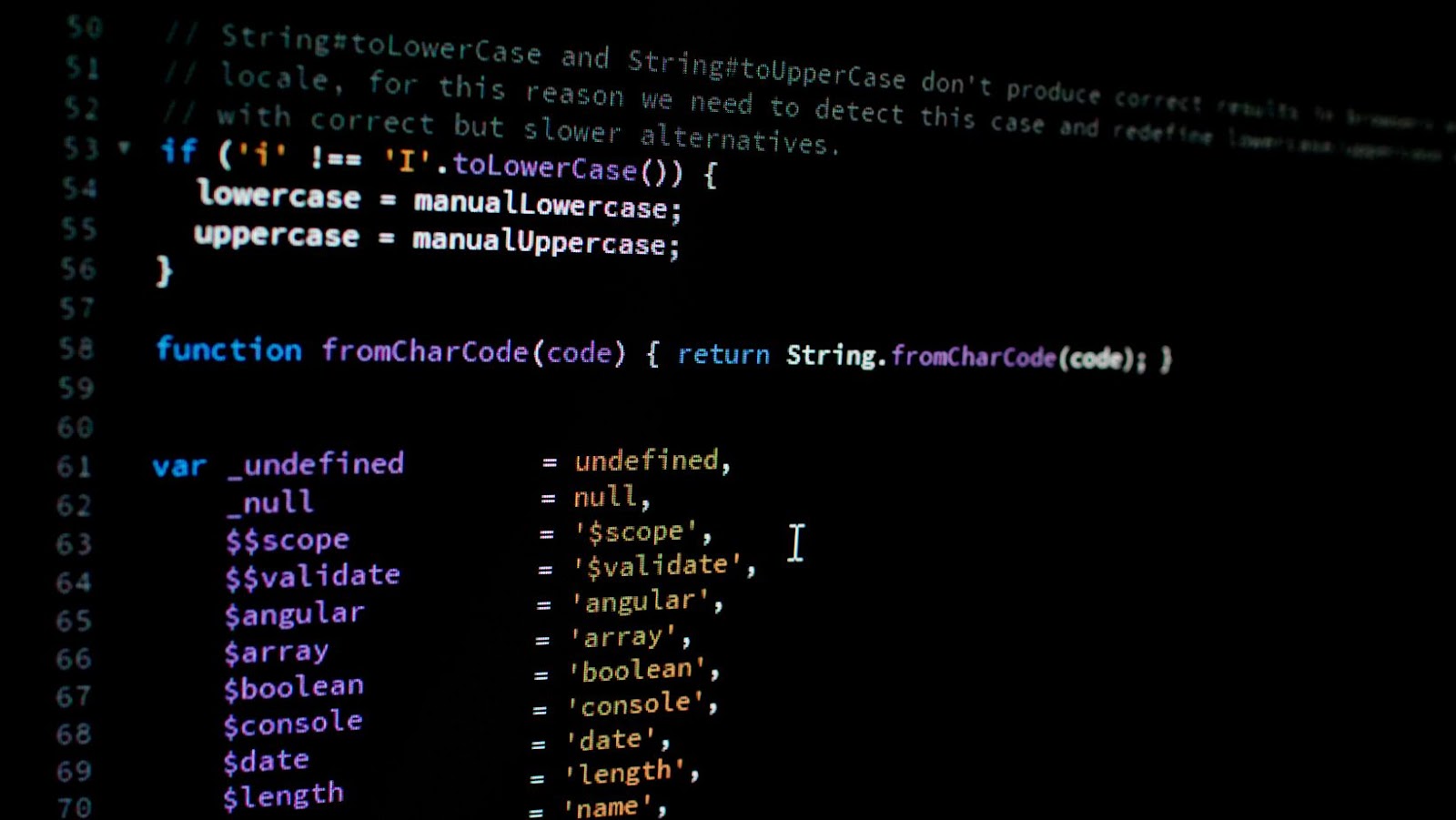 Web Apps Development
Web Apps Development
Web apps development engrosses the creation and maintenance of software applications that stay on remote servers and get delivered over the internet through a web browser. Unlike traditional desktop applications, web apps don’t require installation on users’ devices, providing access from any internet-connected location, thus, amplifying convenience.
Practiced by a group of coders, this process involves coding and programming that steers an application’s functionality. Python, JavaScript, and Ruby form some examples of languages commonly employed in web apps development.
Web apps hold significant sway in today’s interconnected world. Firstly, they offer anywhere, anytime access, connecting customers to businesses in an effortless digital handshake. Enterprises like Amazon, Spotify, and Facebook, permeate a global audience via web apps.
Secondly, they usher affordability and maintenance ease. Being software-based, web apps involve less investment compared to physical infrastructures, whilst upgrades and updates smoothly roll out without user intervention.
Lastly, web apps foster scalability, letting businesses expand their reach and services without straining resources. The switch to web apps, in laudable instances such as Google Docs or Slack, underlines a high growth propensity.
Thus, the heft of web apps reiterates an irreplaceable component of the digital continuum, underlining the importance of understanding web apps development as a cornerstone of 21st-century tech prowess.
 Different Technologies Used for Web Apps Development
Different Technologies Used for Web Apps Development
Encompassing a broad expanse of technologies, web apps development presents an intricate blend of resources. These technologies are typically divided into the front-end and back-end categories, each group playing its unique role in web applications architecture.
Front-end technologies involve building the client-side of web applications. It’s this side the user interacts with, elementally shaping the user experience. HTML, CSS, and JavaScript rank as the primary front-end technologies.
- HTML: Stands as the primary language for creating web pages, outlining their structure.
- CSS: Cascading Style Sheets (CSS) governs the look of the web pages, enabling customization of elements like color, font, and layout.
- JavaScript: Adds interactivity to the web pages, enhancing user experience through features like forms, refresh buttons, and more complex applications like games.
Crucial in any front-end development process, libraries and frameworks like React.js, Angular.js, and Vue.js help expedite the coding process and boost the application’s overall performance.
Back-end technologies work behind the scenes, powering the server-side of the applications. They process and manage data, ensuring the smooth running of the web app. In most cases, the back-end comprises three essential components: server, application, and database.
Primarily used back-end languages include:
- Node.js: A JavaScript runtime built on Chrome’s V8 JavaScript engine, great for developing fast, scalable applications.
- Ruby: Known for its clean syntax, Ruby enables straightforward programming of complex tasks.
- Python: An easy-to-learn language widely used in scientific computing, data mining, and machine learning.
- PHP: Predominantly used for building dynamic web apps, PHP enjoys huge support and has many ready-to-use scripts.
Numerous back-end frameworks, notably Django, Rails, Laravel, and others, prove valuable in handling common web development tasks and reducing the workload.
 Stages of Web Apps Development
Stages of Web Apps Development
Fostering an efficacious web application demands an in-depth understanding of the development process. This journey encompasses several stages, from gathering information to deployment.
The initial stage of web apps development team starts with collecting essential data from clients, includes goals, target audience, and content requirements. Through this stage, developers construct a cohesive project plan. They outline the website’s structure, select the appropriate technologies, and set a timeline for tasks. This planning phase serves as a roadmap, guiding the development team throughout the project.
In this stage, the design of the application begins. It involves constructing the user interface, determining site navigation, and integrating graphics and multimedia elements. Designers craft aesthetically pleasing and intuitively functional interfaces, implementing front-end technologies such as HTML, CSS, and JavaScript. On the development side, backend programmers work with languages like Ruby, Python, or PHP, focusing on data operations and server interaction. Utilization of frameworks, such as Django, Rails, or Laravel, facilitates a more efficient and streamlined development process.
Upon the completion of development, the web application goes through a rigorous series of tests. Developers scrutinize every page, checking for usability, functionality, and compatibility across various browsers and devices. They fix any identified deficiencies, and once the application passes all tests, the deployment begins. This stage involves the final placement of the web application on the server, invigorating the website and making it ready for public access. Automated deployment tools help in this process, ensuring a smooth transition from the development environment to the live server.